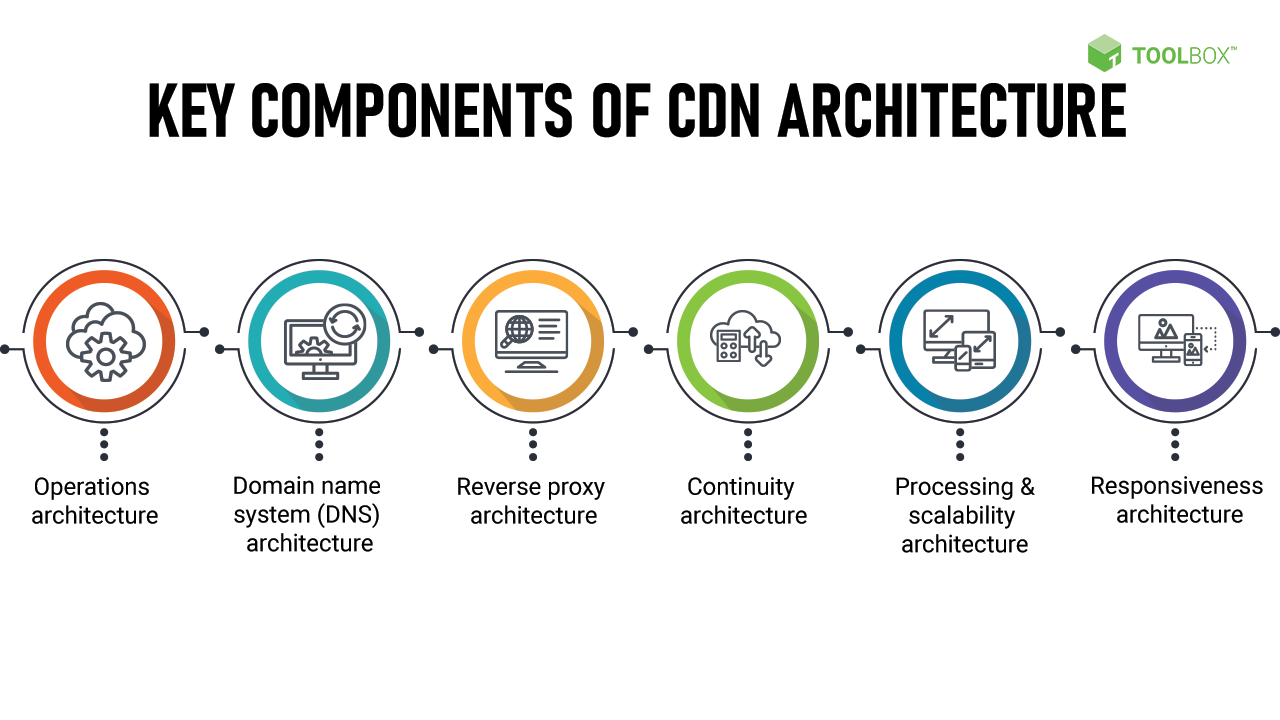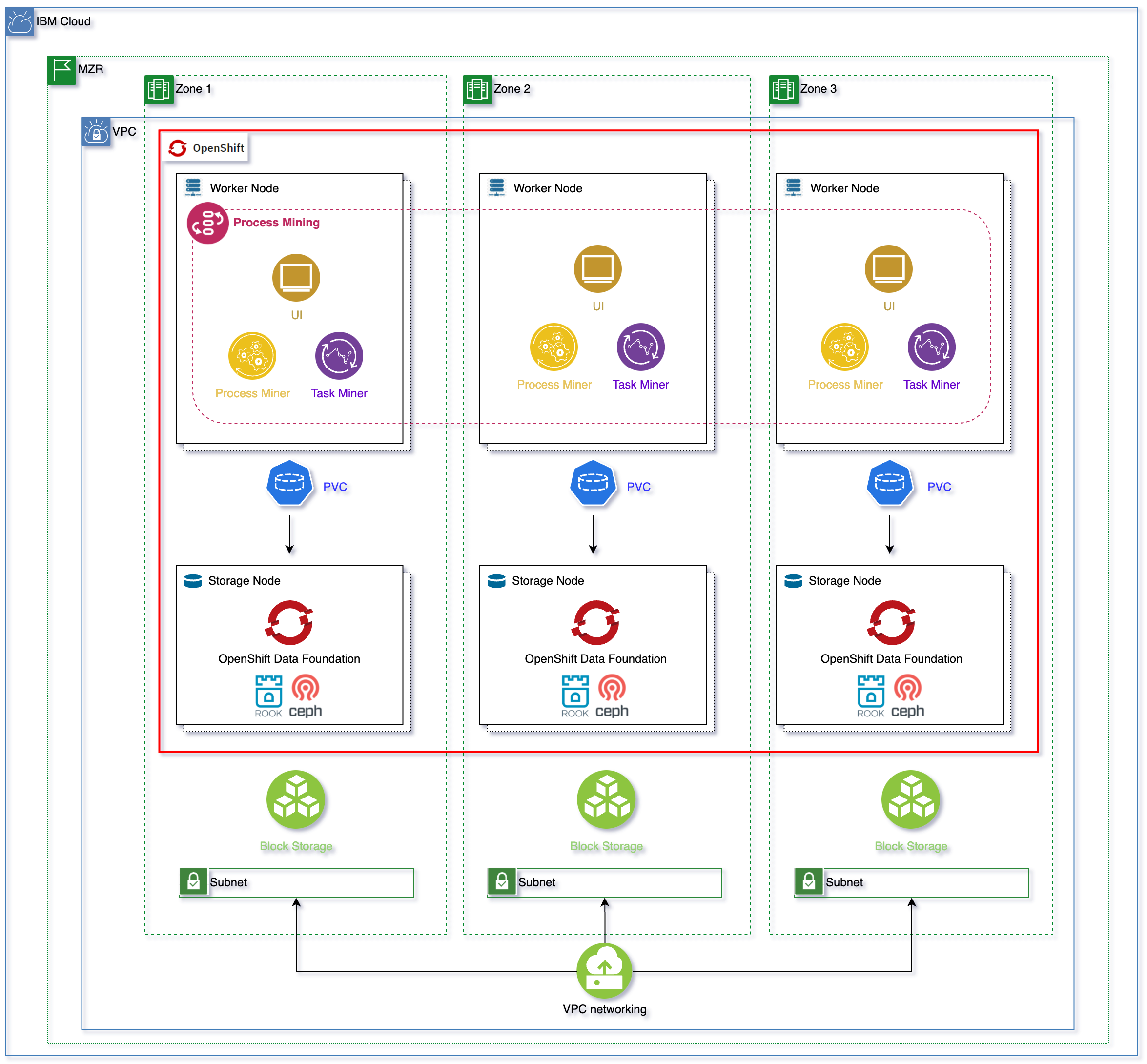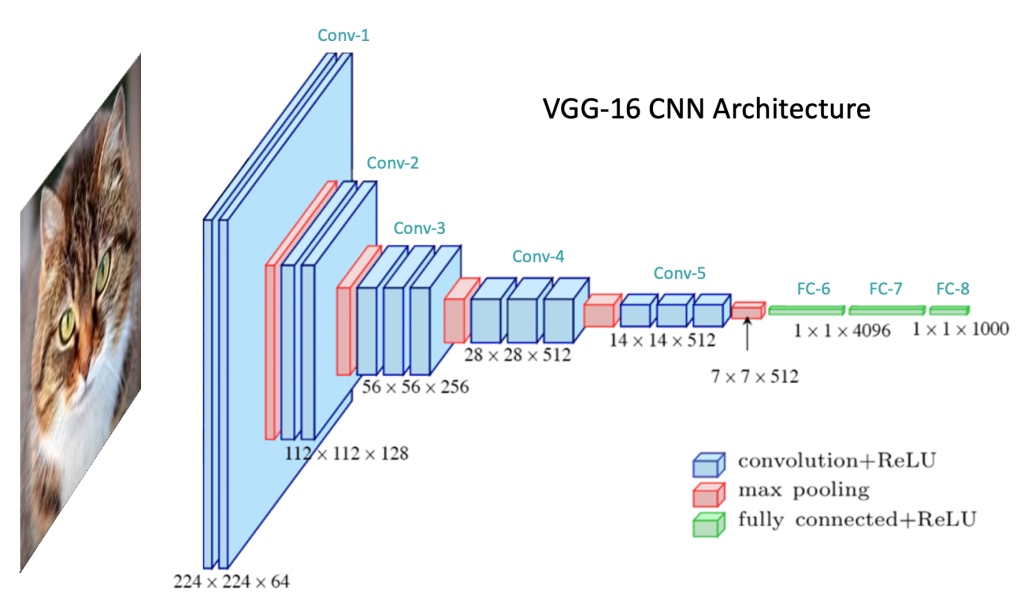Understanding the Blockchain Technology Architecture: A Comprehensive Guide
Welcome to our comprehensive guide on the Blockchain Technology Architecture. In this article, we will delve into the intricate details of blockchain technology, its architecture, and its impact on various industries. Whether you are a technology enthusiast, a business owner, or simply curious about this revolutionary technology, this article will provide you with a detailed understanding of how blockchain works and its potential applications.
What is Blockchain Technology?
In this section, we will introduce the concept of blockchain technology, explaining its decentralized nature and the fundamental principles that underpin it. We will explore the concept of distributed ledgers and the role of cryptographic algorithms in ensuring the security and integrity of blockchain networks.
The Decentralized Nature of Blockchain
Unlike traditional centralized systems, blockchain operates on a decentralized network of computers called nodes. These nodes work together to validate and record transactions, eliminating the need for a central authority. This decentralized approach offers several advantages, including increased transparency, immutability, and resistance to censorship.
Distributed Ledgers and Consensus Mechanisms
Blockchain technology utilizes a distributed ledger, which is a digital record of all transactions or data stored across multiple nodes in the network. This distributed ledger ensures that every participant has access to the same information, making it difficult for malicious actors to tamper with the data.
To achieve consensus and ensure the accuracy of the distributed ledger, blockchain networks employ various consensus mechanisms. These mechanisms, such as Proof-of-Work (PoW) and Proof-of-Stake (PoS), enable nodes to agree on the validity of transactions and prevent double-spending.
The Components of Blockchain Architecture
Here, we will break down the blockchain architecture into its key components, including nodes, blocks, and consensus mechanisms. We will explain how these components work together to create a transparent, tamper-proof, and immutable record of transactions.
Nodes: The Building Blocks of Blockchain
Nodes are the individual computers or devices that participate in the blockchain network. Each node maintains a copy of the entire blockchain and actively participates in the validation and verification of transactions. These nodes communicate with one another to ensure consensus and validate the accuracy of the blockchain.
Blocks: Organizing Transactions
Transactions in a blockchain are grouped together into blocks. Each block contains a set of transactions, along with a unique identifier called a hash. The hash of a block is generated using cryptographic algorithms and serves as a digital fingerprint that ensures the integrity and immutability of the block.
Consensus Mechanisms: Ensuring Agreement
Consensus mechanisms play a crucial role in blockchain architecture. They enable nodes to agree on the validity and order of transactions, ensuring that the distributed ledger remains consistent across the network. Popular consensus mechanisms include Proof-of-Work (PoW), which requires nodes to solve complex mathematical puzzles to validate transactions, and Proof-of-Stake (PoS), which selects validators based on their ownership of cryptocurrency.
Blockchain Network Types
There are different types of blockchain networks, each with its own characteristics and use cases. In this section, we will explore public, private, and consortium blockchain networks, highlighting their strengths and limitations.
Public Blockchain Networks
Public blockchain networks, such as Bitcoin and Ethereum, are open to anyone who wants to participate. These networks are decentralized and provide transparency, as anyone can view the transactions and engage in the validation process. Public blockchains offer a high level of security and immutability, making them suitable for applications that require trust and transparency.
Private Blockchain Networks
Private blockchain networks, on the other hand, are restricted to a specific group of participants. These networks are often used by organizations or consortiums to streamline their operations and enhance efficiency. Unlike public blockchains, private blockchains offer a higher degree of privacy and control, as access to the network and validation process is limited to authorized participants.
Consortium Blockchain Networks
Consortium blockchain networks are a hybrid between public and private blockchains. They are governed by a consortium or a group of organizations that collectively validate and maintain the blockchain. Consortium blockchains offer a balance between transparency and privacy, making them suitable for industries where multiple stakeholders collaborate.
Smart Contracts and Blockchain
Smart contracts play a crucial role in blockchain technology, enabling self-executing agreements without the need for intermediaries. In this section, we will delve into the concept of smart contracts, their advantages, and their potential applications across various industries.
Understanding Smart Contracts
Smart contracts are programmable code that runs on a blockchain network. These contracts automatically execute predefined actions when certain conditions are met. By eliminating the need for intermediaries, smart contracts enhance efficiency, reduce costs, and increase trust in transactions.
Advantages of Smart Contracts
Smart contracts offer several advantages over traditional contracts. They are immutable, meaning they cannot be altered once deployed, ensuring that the agreed-upon terms are followed without the risk of manipulation. Additionally, smart contracts are transparent, as their code is publicly available on the blockchain, allowing all parties to verify and audit the contract’s behavior.
Applications of Smart Contracts
Smart contracts have a wide range of applications across industries. In finance, they can automate processes such as asset transfers, loan issuance, and insurance claims, reducing the need for intermediaries and improving efficiency. In supply chain management, smart contracts can enhance transparency by tracking the movement of goods and verifying their authenticity. The potential applications of smart contracts are vast, and their adoption is expected to revolutionize various sectors.
Blockchain Consensus Algorithms
The consensus algorithm is a vital component of blockchain networks that ensures agreement among participants. We will discuss popular consensus algorithms like Proof-of-Work (PoW), Proof-of-Stake (PoS), and Delegated Proof-of-Stake (DPoS), shedding light on their strengths, weaknesses, and energy consumption.
Proof-of-Work (PoW)
Proof-of-Work is the consensus algorithm used by Bitcoin and several other blockchain networks. In PoW, nodes compete to solve complex mathematical puzzles to validate transactions and add blocks to the blockchain. This process requires significant computational power and energy consumption, making it secure but resource-intensive.
Proof-of-Stake (PoS)
Proof-of-Stake is an alternative consensus algorithm that selects validators based on their ownership or stake in the cryptocurrency. Validators are chosen to create new blocks based on the number of coins they hold. PoS is more energy-efficient than PoW and provides faster transaction confirmation times, but it raises concerns about centralization and potential manipulation by wealthy participants.
Delegated Proof-of-Stake (DPoS)
Delegated Proof-of-Stake is a variation of the PoS consensus algorithm that introduces a voting mechanism to select a limited number of delegates or validators. These delegates are responsible for validating transactions and adding blocks to the blockchain. DPoS aims to enhance scalability and efficiency by reducing the number of nodes involved in the consensus process.
Blockchain Scalability Challenges
Scalability has been a significant concern for blockchain technology. In this section, we will explore the scalability challenges faced by blockchain networks and discuss potential solutions and developments that aim to address these issues.
The Scalability Trilemma
The scalability trilemma refers to the challenge of achieving scalability, security, and decentralization simultaneously. Blockchain networks often face limitations in terms of transaction throughput, network capacity, and storage requirements. As more participants join the network and the volume of transactions increases, scalability becomes a critical consideration.
Scaling Solutions: Layer 2 Protocols
To address the scalability challenge, developers have proposed various layer 2 protocols that operate on top of existing blockchains. These protocols, such as the Lightning Network for Bitcoin and the Raiden Network for Ethereum, enable off-chain transactions and reduce the burden on the main blockchain, significantly increasing transaction throughput.
Sharding and Sidechains
Sharding and sidechains are other approaches to improve scalability. Sharding involves dividing the blockchain network into smaller partitions called shards, each capable of processing a subset of transactions. Sidechains, on the other hand, are separate blockchains that are connected to the main blockchain, allowing for the execution of specific transactions without congesting the main network.
Blockchain Use Cases in Various Industries
Blockchain technology has the potential to revolutionize numerous industries. In this section, we will explore real-world use cases of blockchain across sectors such as finance, supply chain, healthcare, and more. We will highlight the benefits and challenges associated with implementing blockchain solutions in these industries.
Finance and Banking
Blockchain has the potential to transform the financial industry by enabling faster, more secure, and cost-effective transactions. It can streamline cross-border payments, reduce fraud, and improve transparency in financial transactions. However, challenges such as regulatory compliance and interoperability with existing systems need to be addressed for widespread adoption.
Supply Chain Management
Blockchain can enhance transparency and traceability in supply chains by recording the movement of goods and verifying their authenticity. It can help prevent counterfeiting, reduce fraud, and streamline logistics processes. Implementing blockchain in supply chainmanagement, however, requires collaboration and standardization across multiple stakeholders, as well as addressing concerns regarding data privacy and scalability.
Healthcare
In the healthcare industry, blockchain can improve the security and integrity of patient data, enable interoperability between different healthcare providers, and facilitate the sharing of medical records. It can also streamline processes such as clinical trials, supply chain management of pharmaceuticals, and healthcare insurance claims. However, the adoption of blockchain in healthcare faces challenges related to regulatory compliance, data privacy, and the integration with existing systems.
Identity Management
Blockchain technology has the potential to revolutionize identity management by providing individuals with control over their personal data and reducing the risk of identity theft. Blockchain-based identity systems can enable secure and verifiable digital identities, simplifying processes such as user authentication, KYC (Know Your Customer), and access management. However, challenges such as scalability, privacy, and ensuring user adoption and trust need to be overcome for widespread implementation.
Real Estate
Blockchain can bring transparency and efficiency to the real estate industry by enabling secure and tamper-proof property transactions, reducing fraud, and streamlining processes such as property title transfers and land registry management. Blockchain-based smart contracts can automate and enforce real estate agreements, reducing the need for intermediaries and associated costs. However, challenges related to legal frameworks, interoperability with existing systems, and adoption by industry stakeholders need to be addressed.
Security and Privacy in Blockchain
Security and privacy are critical considerations in blockchain technology. We will delve into the various security mechanisms employed by blockchain networks, such as cryptographic hashing and digital signatures. Additionally, we will discuss privacy-enhancing techniques like zero-knowledge proofs and privacy-focused blockchains.
Cryptographic Hashing and Digital Signatures
Blockchain networks use cryptographic hashing algorithms to ensure the integrity and security of data stored on the blockchain. Hash functions generate a unique hash value for each block, making it virtually impossible to alter the data without detection. Digital signatures, on the other hand, provide authentication and non-repudiation, ensuring that transactions are valid and verifiable by the intended parties.
Zero-Knowledge Proofs
Zero-knowledge proofs (ZKPs) are cryptographic techniques that allow one party to prove the validity of a statement without revealing any additional information. ZKPs can enhance privacy in blockchain by enabling selective disclosure of information, ensuring that sensitive data remains confidential while still validating the integrity of transactions or interactions on the blockchain.
Privacy-Focused Blockchains
Privacy-focused blockchains, such as Monero and Zcash, aim to provide enhanced privacy and anonymity for users. These blockchains utilize advanced cryptographic techniques, such as ring signatures and zero-knowledge proofs, to obfuscate transaction details and shield user identities. Privacy-focused blockchains offer an alternative for users who prioritize confidentiality and anonymity in their transactions.
Future Trends and Challenges in Blockchain
Blockchain technology continues to evolve rapidly, driving innovation and transforming industries. In this section, we will explore the emerging trends and potential challenges that lie ahead for blockchain technology, including scalability, regulation, interoperability, and the integration of emerging technologies like AI and IoT.
Scalability Solutions
Developers are actively working on scalability solutions to address the limitations of blockchain networks. These solutions include the implementation of layer 2 protocols, sharding, and sidechains, as mentioned earlier. As new technologies and approaches emerge, scalability is expected to improve, allowing for wider adoption of blockchain in various applications.
Regulatory Considerations
As blockchain technology gains traction, regulators worldwide are working to establish frameworks that balance innovation with consumer protection and compliance. The regulatory landscape for blockchain is still evolving, and finding the right balance between fostering innovation and addressing concerns such as money laundering, data privacy, and investor protection remains a challenge.
Interoperability and Standardization
Interoperability and standardization are crucial for the widespread adoption of blockchain technology. As different blockchain networks and protocols emerge, there is a need for interoperability standards to enable seamless communication and data exchange between diverse systems. Standardization efforts are underway, aiming to create a common framework that promotes interoperability across blockchain networks.
Integration with Emerging Technologies
Blockchain technology has the potential to synergize with other emerging technologies like artificial intelligence (AI) and the Internet of Things (IoT). The integration of blockchain with AI can enhance data privacy and security, while blockchain can enable secure and decentralized data sharing in IoT applications. Exploring the possibilities and addressing the technical challenges of integrating these technologies will shape the future of blockchain.
The Impact of Blockchain on Society
In the final section, we will reflect on the broader societal impact of blockchain technology. We will discuss its potential to democratize access to financial services, enhance transparency in governance, and empower individuals by giving them control over their data. We will also address concerns regarding job displacement and the digital divide.
Financial Inclusion and Empowerment
Blockchain technology has the potential to extend financial services to the unbanked and underbanked populations worldwide. By providing access to decentralized financial systems, blockchain can enable secure and affordable transactions, savings, and lending opportunities, empowering individuals and communities that have been traditionally excluded from the formal financial system.
Transparency and Accountability in Governance
Blockchain can enhance transparency, trust, and accountability in governance by enabling secure and tamper-proof record-keeping. It can facilitate the tracking of public funds, reduce corruption, and ensure the integrity of voting systems. However, the implementation of blockchain in governance requires careful consideration of legal, regulatory, and societal implications.
Data Ownership and Control
Blockchain technology allows individuals to have more control over their personal data. By enabling self-sovereign identities and decentralized data storage, blockchain can give individuals the power to choose how their data is shared and used. This shift towards data ownership and control can empower individuals to protect their privacy and mitigate the risks associated with centralized data storage.
Challenges and Concerns
While blockchain technology holds immense potential, it also raises concerns and challenges. Job displacement due to automation and the adoption of blockchain is a concern that needs to be addressed. Additionally, bridging the digital divide and ensuring equal access to blockchain technology is crucial to avoid creating new inequalities. Addressing these challenges requires collaboration between policymakers, industry stakeholders, and society as a whole.
In conclusion, this comprehensive guide has provided an in-depth exploration of the blockchain technology architecture. We have covered the fundamental concepts, components, and use cases of blockchain, shedding light on its potential to revolutionize industries and transform society. As blockchain continues to evolve, it is crucial to stay informed about its developments and challenges to fully grasp its transformative power.
By understanding the intricacies of blockchain technology, you are equipped with knowledge that can guide you in exploring its applications and potential opportunities in the ever-evolving digital landscape.









